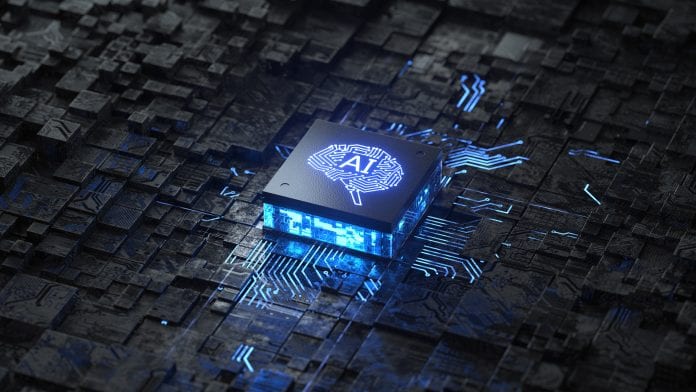
A team of researchers have developed a new, Artificial Intelligence-based (AI) tissue-section analysis system for diagnosing breast cancer.
The team at Charité – Universitätsmedizin Berlin, TU Berlin, and the University of Oslo, have developed the system that, for the first time, integrates morphological, molecular, and histological data in a single analysis. The system also provides a clarification of the AI decision process in the form of heatmaps.
The heatmaps show which visual information influenced the AI decision process and to what extent, which enables doctors to understand and assess the plausibility of the results – representing an essential step forward for the future use of AI systems in hospitals.
The research has been published in Nature Machine Intelligence.
Tissue analysis
The molecular characterisation of tumour tissue samples is becoming increasingly important for cancer treatment, with studies being conducted to determine changes to DNA as well as the gene and protein expression in the samples. The researchers highlight that it is becoming apparent that cancer progression is closely related to intercellular cross-talk and the interaction of neoplastic cells with the surrounding tissue – including the immune system.
Professor (Dr) Frederick Klauschen, of Charité’s Institute of Pathology, said: “We know that in the case of breast cancer, the number of immigrated immune cells, known as lymphocytes, in tumour tissue has an influence on the patient’s prognosis. There are also discussions as to whether this number has a predictive value – in other words if it enables us to say how effective a particular therapy is.”
Microscopic techniques enable biological processes to be studied with high spatial detail, however, they only permit a limited measurement of molecular markers, which are determined using proteins or DNA taken from tissue. This means that the spatial detail needed is not possible and the relationship between these markers and the microscopic structures is unclear.
“The problem we have is the following: we have good and reliable molecular data, and we have good histological data with high spatial detail. What we don’t have as yet is the decisive link between imaging data and high-dimensional molecular data,” added Professor (Dr) Klaus-Robert Müller, professor of machine learning at TU Berlin.
“Our system facilitates the detection of pathological alterations in microscopic images. Parallel to this, we are able to provide precise heatmap visualisations showing which pixel in the microscopic image contributed to the diagnostic algorithm and to what extent.
“Our analysis system has been trained using machine learning processes so that it can also predict various molecular characteristics, including the condition of the DNA, the gene expression as well as the protein expression in specific areas of the tissue, on the basis of the histological images.”
The team will now be conducting further clinical validations, including tests in tumour routine diagnostics.
























